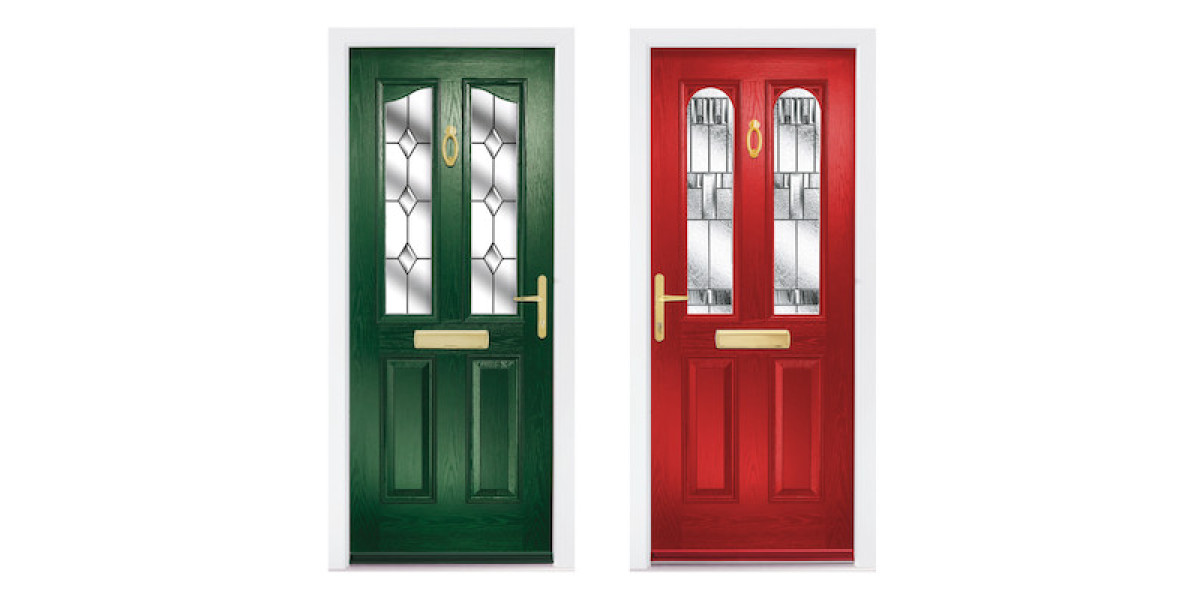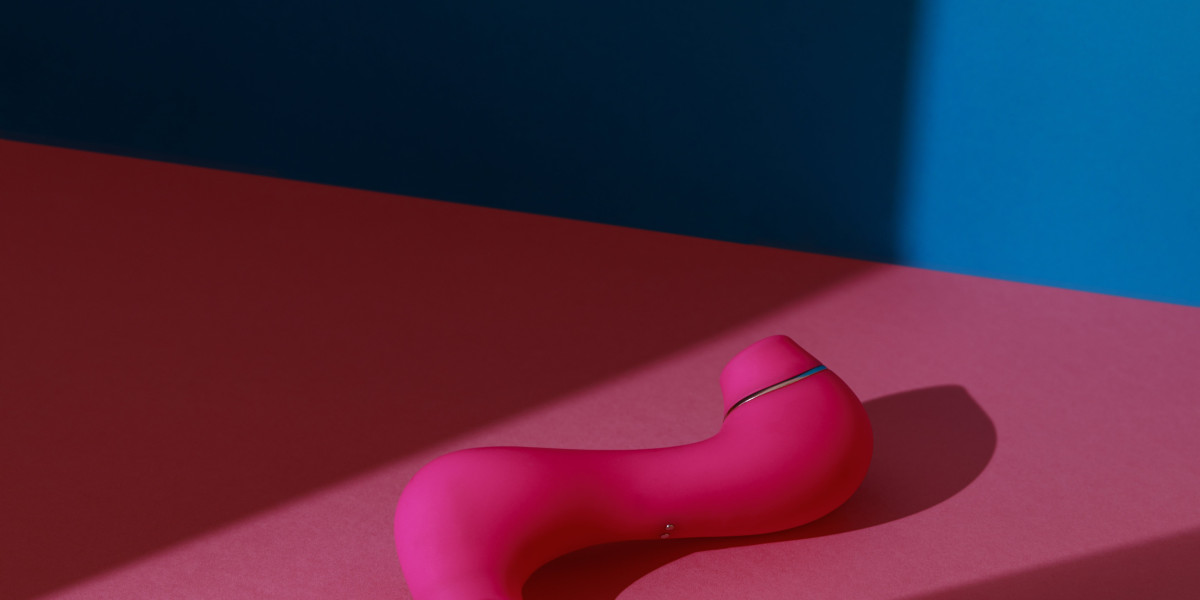Keeping the Purrfect Passage Open: A Guide to Cat Door Maintenance
Cat doors, likewise understood as pet doors or cat flaps, are a fantastic addition to any home with feline buddies. They provide cats the flexibility to check out the outdoors (or designated locations within your house) and eliminate themselves, all while giving owners peace of mind and decreasing the variety of unscripted door-opening demands. However, like any other feature of a home, cat doors are not immune to wear and tear. Routine maintenance is necessary to guarantee they continue to operate properly, stay safe, and provide a comfy and safe passage for your precious cat. Neglecting maintenance can result in a host of concerns, varying from a stiff and noisy flap to a total breakdown, possibly locking your cat out or, even worse, compromising your home's security.
This short article will delve into the importance of cat door maintenance, describing the needed steps to keep your pet's access point in prime condition. By understanding the easy maintenance needed, you can extend the life expectancy of your cat door, guarantee your cat's continued liberty, and avoid expensive repair work or replacements down the line.
Why Regular Cat Door Maintenance Matters
Keeping your cat door is more than just a cosmetic task; it's a financial investment in the functionality, security, and durability of the feature, along with the convenience and well-being of your cat. Here are some essential reasons regular maintenance is crucial:
- Ensures Smooth Operation: Dust, particles, and weather components can collect around the hinges and flap of a cat door, causing it to end up being stiff, sticky, or loud when opening and closing. Regular cleansing and lubrication avoid these problems, making sure the door runs smoothly and silently, encouraging your cat to utilize it without doubt.
- Extends the Lifespan of the Door: Like any mechanical element, cat doors go through wear and tear. Overlooking maintenance can accelerate this process, resulting in early damage and the requirement for replacement. Regular cleansing, lubrication, and dealing with minor concerns without delay can significantly extend the life-span of your cat door expert door, saving you money in the long run.
- Maintains Security: An appropriately functioning cat door should close firmly after your cat passes through. Harmed or incorrectly maintained doors might not close totally, possibly compromising your home's security by leaving spaces that could be made use of by burglars or enable drafts and pests to go into. For electronic or microchip-operated doors, consistent maintenance makes sure the locking systems and sensors work dependably, keeping regulated access.
- Avoids Drafts and Energy Loss: A badly preserved 24/7 cat flap installer door can end up being a substantial source of drafts, particularly in colder environments. Spaces around the flap or frame due to damage or Repairmywindowsanddoors.co.uk particles can let cold air in and warm air out, increasing your energy expenses. Proper sealing and weather removing maintenance is important to preserve energy effectiveness.
- Promotes Hygiene: Cat doors are exposed to the elements and can accumulate dirt, mud, and even insect invasions gradually. Regular cleaning assists maintain a hygienic passage for your cat and avoids the transfer of dirt and germs into your home.
- Minimizes Noise: A disregarded cat door can end up being loud, particularly in windy conditions. Squeaking hinges or a rattling flap can be disruptive to both you and your cat. Lubrication and tightening of loose components can substantially reduce noise levels.
- Early Detection of Problems: Routine maintenance permits you to examine your cat flap installation guarantee door closely and identify any potential concerns early on, such as fractures, loose screws, or malfunctioning components. Dealing with these minor problems promptly can prevent them from escalating into more substantial and pricey repair work.
Kinds Of Cat Doors and Maintenance Considerations
While the essential maintenance principles apply throughout a lot of cat doors, different types may have specific requirements. Here's a short overview of common cat door types and maintenance factors to consider:
- Basic Flap Doors: These are the most basic and most typical type. Maintenance mainly includes cleaning up the flap and frame, lubing hinges, and inspecting for damage to the flap product (plastic, rubber, or flexible polymer).
- Magnetic Cat Doors: These doors use a magnetic collar key to enable entry only to felines wearing the secret. Maintenance includes the exact same tasks as standard flap doors, plus ensuring the magnetic system is tidy and devoid of particles. Likewise, inspect the collar secret's magnet is still practical.
- Microchip Cat Doors: These doors utilize a microchip scanner to acknowledge your cat's implanted microchip, providing selective entry. Maintenance includes cleaning, inspecting for damage, and sometimes changing batteries if it is battery-powered. The scanner lens should be kept tidy for reliable chip detection.
- Electronic Cat Doors: These doors might use infrared or radio frequency (RFID) technology for selective entry, often with sophisticated functions like curfew settings. Maintenance involves cleansing, looking for damage, battery replacement (if appropriate), and periodically recalibrating or reprogramming the electronic parts according to the maker's directions.
Essential Cat Door Maintenance Tasks: A Step-by-Step Guide
Establishing a routine maintenance schedule will keep your cat door operating efficiently. Here's a breakdown of typical maintenance jobs:
1. Routine Cleaning (Weekly/Bi-weekly):
- Gather Supplies: You will need:
- Mild soap or detergent
- Warm water
- Soft cloth or sponge
- Paper towels or a clean, dry fabric
- (Optional) Disinfectant wipes (pet-safe)
- Wipe Down the Flap: Use a wet cloth or sponge with soapy water to clean up both sides of the flap. Get rid of any dirt, mud, fur, or insect residue.
- Clean the Frame: Clean the whole frame of the cat door, both inside and out. Pay attention to corners and crevices where dirt can build up.
- Dry Thoroughly: Ensure all parts are totally dry to avoid mildew or rust.
- Sanitize (Optional): If preferred, utilize pet-safe disinfectant wipes to sterilize the door and frame, particularly if you have several cats or wish to keep extra hygiene.
2. Lubrication (Monthly/As Needed):
- Identify Hinges and Moving Parts: Locate the hinges, rotates, or any other moving parts of the cat door mechanism.
- Apply Lubricant: Use a silicone-based lube spray or a dry lubricant (like graphite powder) specifically created for hinges and moving parts. Prevent oil-based lubricants, as they can attract dust and become sticky gradually. Apply sparingly to prevent drips.
- Work the Door: Open and close the cat door flap numerous times to distribute the lubricant equally and ensure smooth, peaceful operation. Clean away any excess lubricant.
3. Inspection and Repair (Monthly/Seasonally):
- Check for Damage: Carefully inspect the flap for fractures, tears, or warping. Try to find damage to the frame, weather stripping, or any locking systems.
- Tighten Up Loose Screws: Check all screws securing the door frame to the door or wall and tighten any that are loose. Loose screws can lead to instability and drafts.
- Examine Weather Stripping: Examine the weather stripping around the flap and frame for damage, fractures, or spaces. Replace harmed weather condition stripping to maintain a great seal and avoid drafts.
- Battery Check (Electronic/Microchip Doors): If your door is battery-operated, examine the battery level frequently and change batteries according to the maker's recommendations. Low batteries can trigger malfunctions and undependable operation.
- Sensing Unit Cleaning (Microchip/Electronic Doors): Gently tidy the sensor lens with a soft, dry cloth to make sure precise chip or crucial detection.
4. Seasonal Maintenance:
- Winter:
- Check for ice buildup around the flap and frame. Thoroughly eliminate ice to avoid damage and ensure smooth operation.
- Ensure weather condition removing remains in excellent condition to avoid drafts and cold air entry.
- Summertime:
- Check for insect nests or problems around the cat door. Tidy away any nests and think about using pet-safe bug spray around the door frame.
- Ensure proper ventilation around the door opening to prevent humidity accumulation and prospective mildew development.
Tools and Supplies for Cat Door Maintenance
Keeping a little package of maintenance tools and materials useful will make regular upkeep much easier and more efficient. Think about assembling the following:
- Soft fabrics and sponges
- Mild soap or cleaning agent
- Silicone lubricant spray or dry lube
- Screwdriver (Phillips and flathead)
- Pet-safe disinfectant wipes (optional)
- Replacement weather removing (if required)
- small cat flap installation brush for cleaning crevices
- Paper towels
- Replacement batteries (if suitable)
DIY vs. Professional Help
A lot of routine cat flap installer door maintenance tasks are uncomplicated and can be easily handled by property owners. Nevertheless, there are scenarios where looking for professional help might be advisable:
- Significant Damage: If you find substantial damage to the door frame, flap, or locking mechanisms, professional repair or replacement may be necessary.
- Electronic Malfunctions: Troubleshooting electronic or microchip door breakdowns can be intricate. If you are unsure how to detect or repair electronic problems, consult a professional installer or a qualified technician.
- Installation Issues: If you are experiencing persistent problems after setting up a new cat door, it may be due to installation errors. A professional installer can evaluate the circumstance and correct any concerns.
Routine cat door maintenance is an easy yet vital element of responsible pet ownership for those who pick to supply their feline good friends with this freedom. By devoting a percentage of time to cleaning, lubricating, and checking your cat door, you can ensure its ongoing smooth operation, longevity, security, and hygiene. A well-kept cat door offers your cat with constant access to the outside world (or designated indoor areas), contributing to their happiness and wellness, while likewise offering assurance for you. Taking proactive steps to take care of your cat door will keep the purrfect passage open for many years to come.
Frequently Asked Questions about Cat Door Maintenance
Q: How frequently should I clean my cat door?
A: Aim to clean your cat door weekly or bi-weekly for fundamental flap doors. For electronic or microchip doors that might accumulate more dirt around the sensing unit areas, weekly cleansing is suggested.
Q: What type of lube should I use on my cat door hinges?
A: Silicone-based lube spray or dry lube (like graphite powder) is advised. Prevent oil-based lubricants as they can attract dust and end up being sticky.
Q: How do I clean a microchip cat door sensor?
A: Use a soft, dry cloth to gently clean the sensing unit lens. Avoid using liquids or abrasive cleaners, as they might harm the sensor.
Q: My cat door flap is sticking. What should I do?
A: First, tidy the flap and frame completely. Then, use a little amount of lubricant to the hinges and moving parts. If the sticking continues, look for any damage to the flap or frame and consider tightening up screws or adjusting the door positioning.
Q: How do I understand when to replace the batteries in my electronic cat door?
A: Electronic cat doors generally have a low battery sign light or warning signal. Describe your door's manual for particular guidelines on battery replacement. It's an excellent practice to change batteries proactively, possibly every 6-12 months depending upon use and battery type.
Q: Can I use household cleaners to clean my cat door?
A: Yes, you can utilize mild soap or cleaning agent diluted in warm water. Avoid severe chemicals or abrasive cleaners that might harm the door material. Ensure any cleansing products are pet-safe.
Q: My cat door is allowing drafts. How can I repair this?
A: Inspect the weather condition stripping around the flap and frame. Replace any damaged or worn weather stripping. Ensure the door frame is securely installed and tighten up any loose screws. You can also think about including additional weather condition removing or a draft excluder specifically designed for pet doors.








